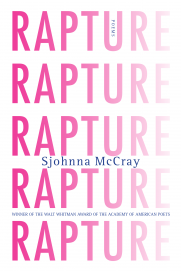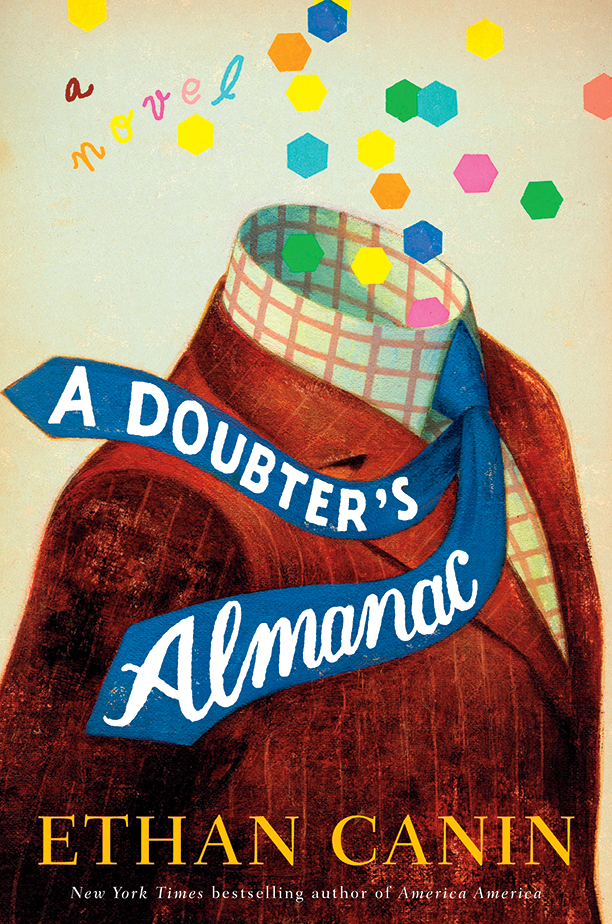I Have To Tell You
I Have To Tell You
Victoria Hetherington
0s&1s, 2014
69,000 words
$6.00
Buy: ebook
While reading Victoria Hetherington’s novel, I Have To Tell You, I occasionally found myself wanting to shake one or two of the characters for a host of self-destructive behaviors and dysfunctional relationships. And just as my frustration rose, inevitably one of Hetherington’s precisely crafted sentences would render her characters so vulnerable and relatable that I found myself willing if not to forgive, then to understand their infidelities, obsessions and shortcomings. This pattern in my reading experience is a powerful testament to Hetherington’s ability to create immensely engaging characters and shine kindness on the less admirable sides of our natures.
I Have To Tell You explores the lives and interconnections of a handful of largely middle-class Millennials living in Toronto. The point-of-view shifts throughout the novel, allowing the reader to discover each character. Rather than forming a trajectory, however, the movements between these characters create a web: At its center is the friendship between Grace and Sherene. From here the reader slowly gets to know Graham—Sherene’s recent ex-boyfriend of many years—Tom, who is Graham’s older coworker, and Jennifer, Tom’s former love (among several minor characters), each one connected to the other through threads of pain, lust, loyalty, insecurity, and love. Hetherington thus creates a story structure that effectively resembles the ways in which we forge and foster overlapping networks of friends and acquaintances, making this book very relatable.
The novel further mimics our everyday reality by interspersing scenes with e-mail records, browser search histories, and notebook entries, creating the effect that we are witnessing the raw and unfiltered interactions between these characters. It’s exactly this intimacy that elicited my strong reactions to some of these characters—the people are recognizable. I can glimpse in them pieces of my own friends, coworkers, and exes. When Sherene writes, “It’s unfair, isn’t it, how we capture ourselves by accident,” I am made aware of Hetherington’s anything-but-accidental descriptions that give life to this vivid cast of characters, grappling with interpersonal betrayals, morality, mortality and the desire to connect to another human being while fiercely fearing that very same connection.
The most memorable aspect of I Have To Tell You, however, is not any single character, but rather the overarching whole that their relationships form. Hetherington has managed to paint a candid portrait of the pain of a generation, one that “looked overwhelmed, as if [it] knew [it’d] get lost on the way to adulthood.” And it is a portrait that many readers, especially those in their post-college and pre-midlife years, will recognize.


